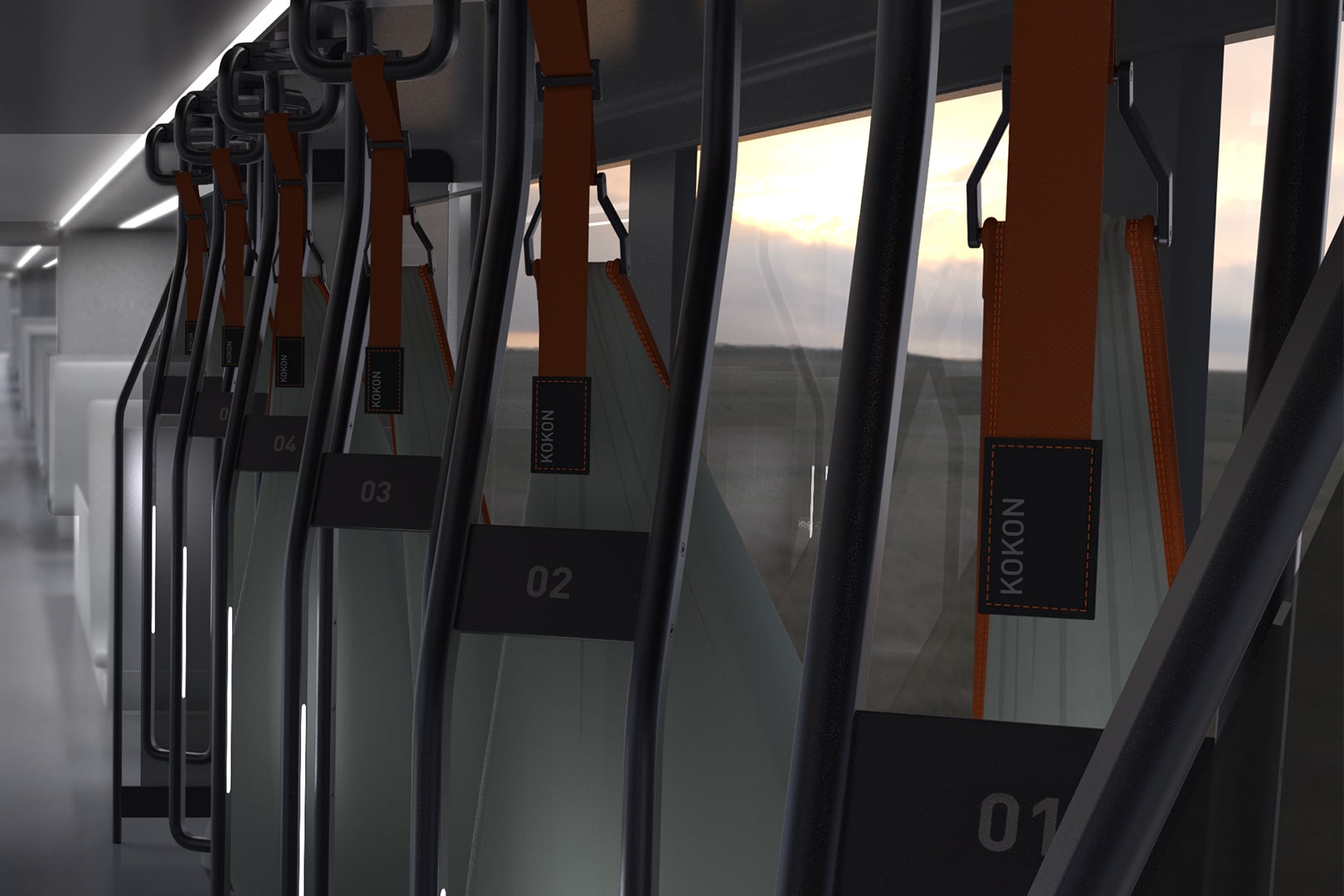
KOKON
Kokon is a seat for power napping in the regional railway.
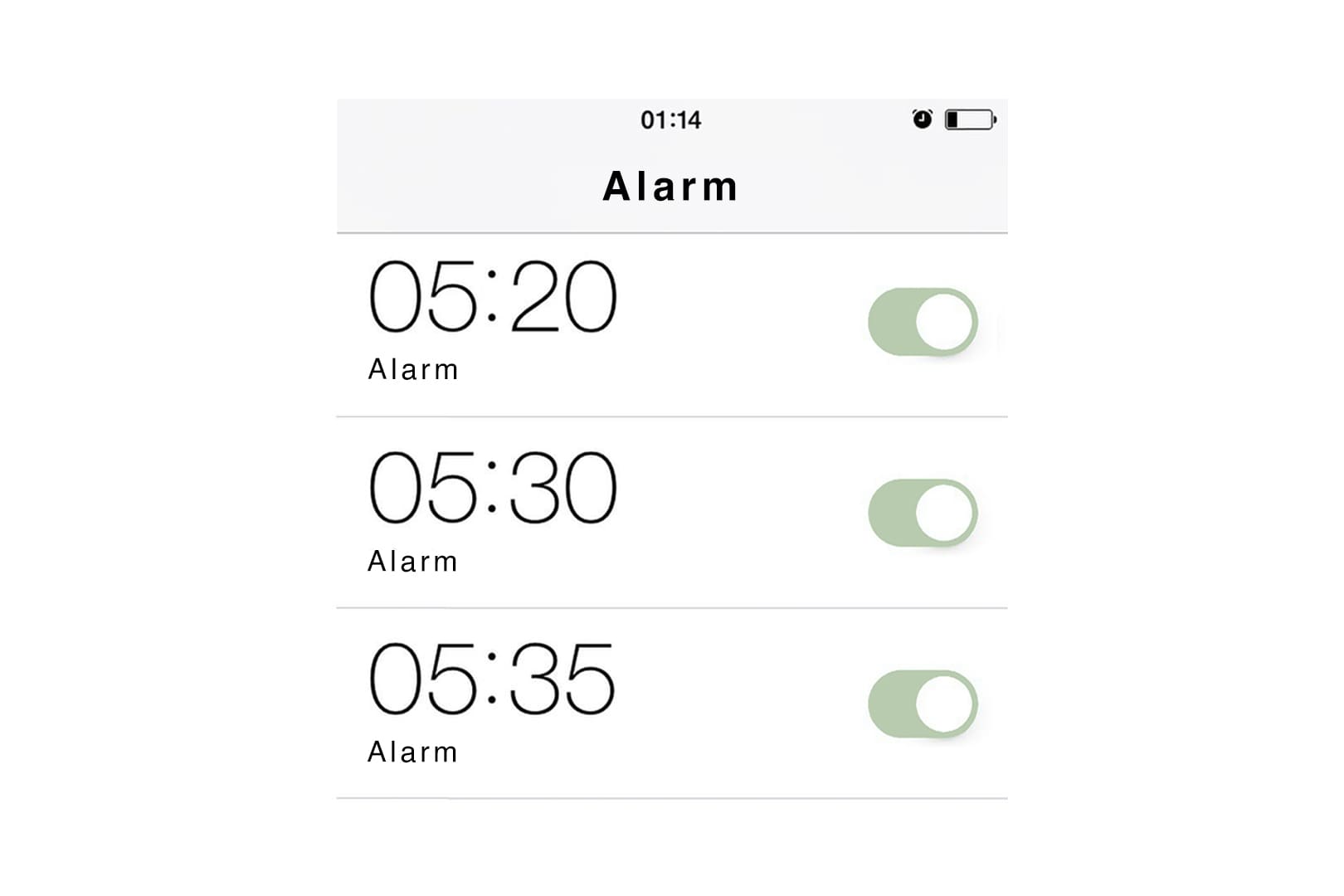
Stress and/or irregular sleeping times often cause insomnia, i.e. poor sleep, unrefreshing sleep or lack of sleep. Those who regularly have insomnia run health risks and are less able to perform. The National Sleep Foundation guidelines advise that healthy adults need between 7 and 9 hours of sleep per night. (1)
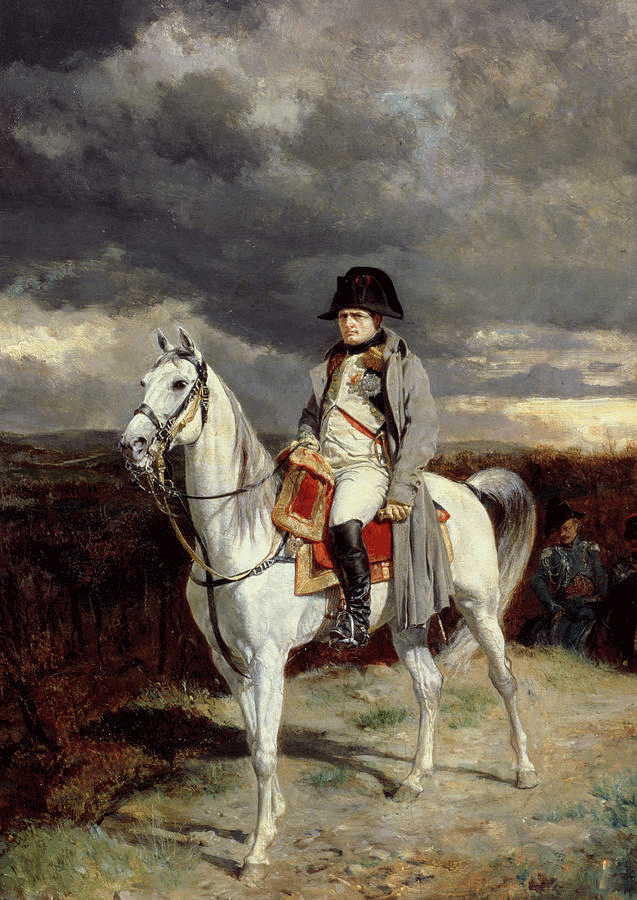
“The man sleeps four hours, the woman five and an idiot six,” said Napoleon, claiming that he needed very little sleep. What Napoleon doesn’t mention is that he secretly took his afternoon nap. He is also said to have slept often in the saddle. (2) That‘s the trick! If you dont have the opportunity to take more time to sleep, you can relieve your lack of sleep from last night by power napping.
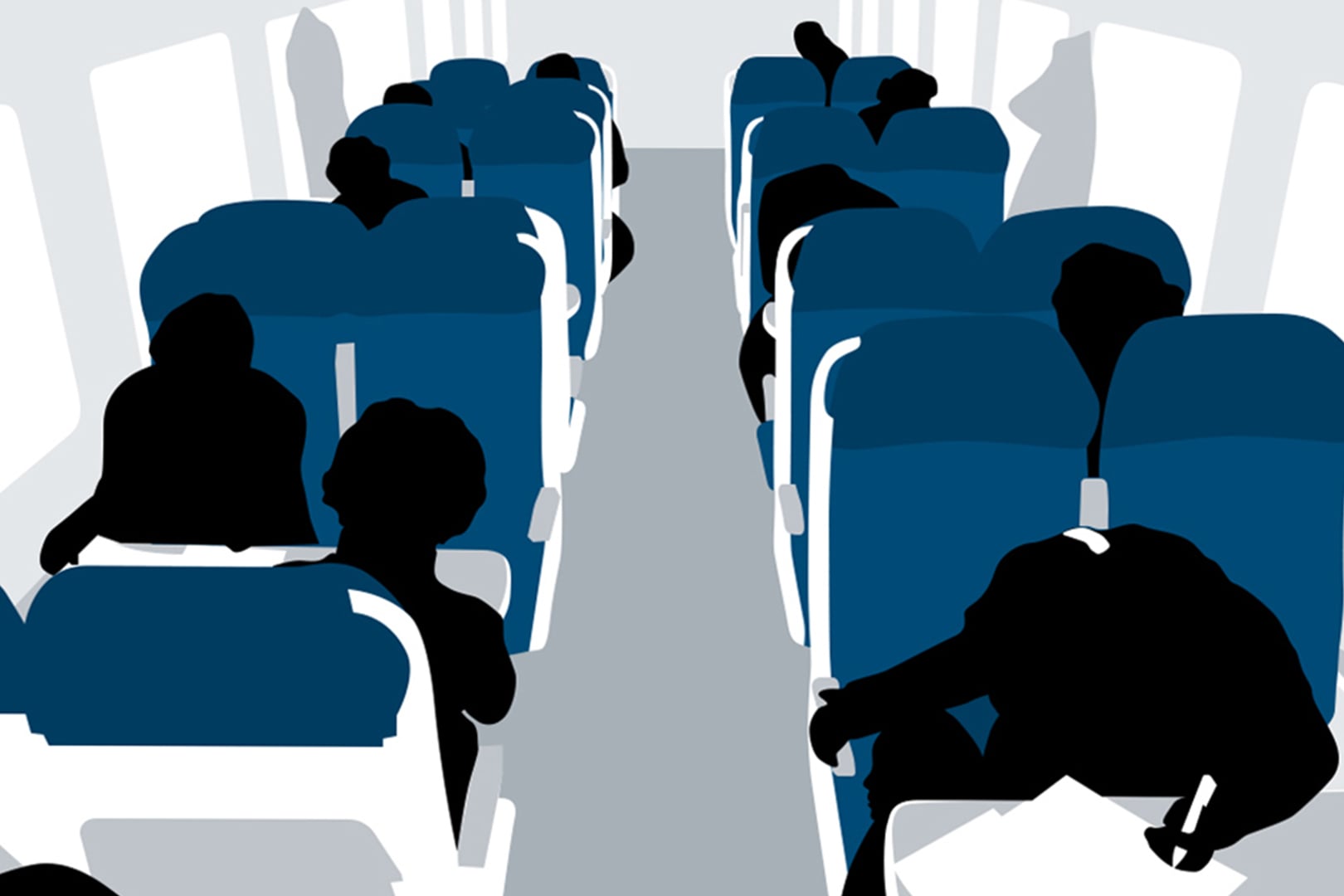
If you want to take a nap on the regional railway, you will be confronted with an uncomfortable posture, too much light, noise and little privacy. Sometimes you even have to get up to let someone get off. It will be difficult to fall asleep and sleep will not be quality.
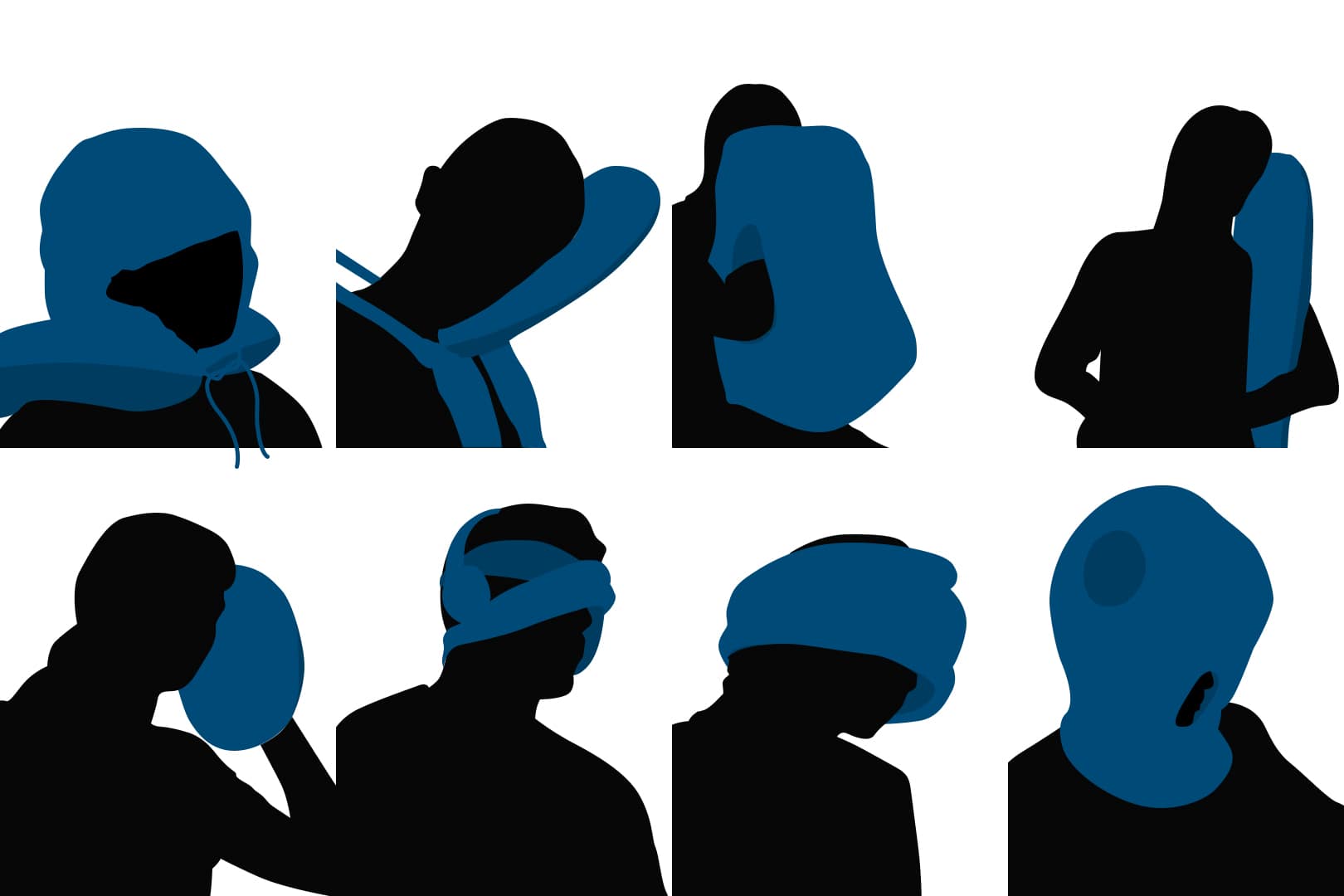
Many gadgets try to make sleeping more comfortable while traveling. But usually a single product is not enough. A combination of several products such as pillows, headphones, earplugs or blindfolds are required. Compared to long-distance travel, for example by plane, the inhibition threshold for daily journeys is much bigger for using products like this. You also need to carry the products with you every time.
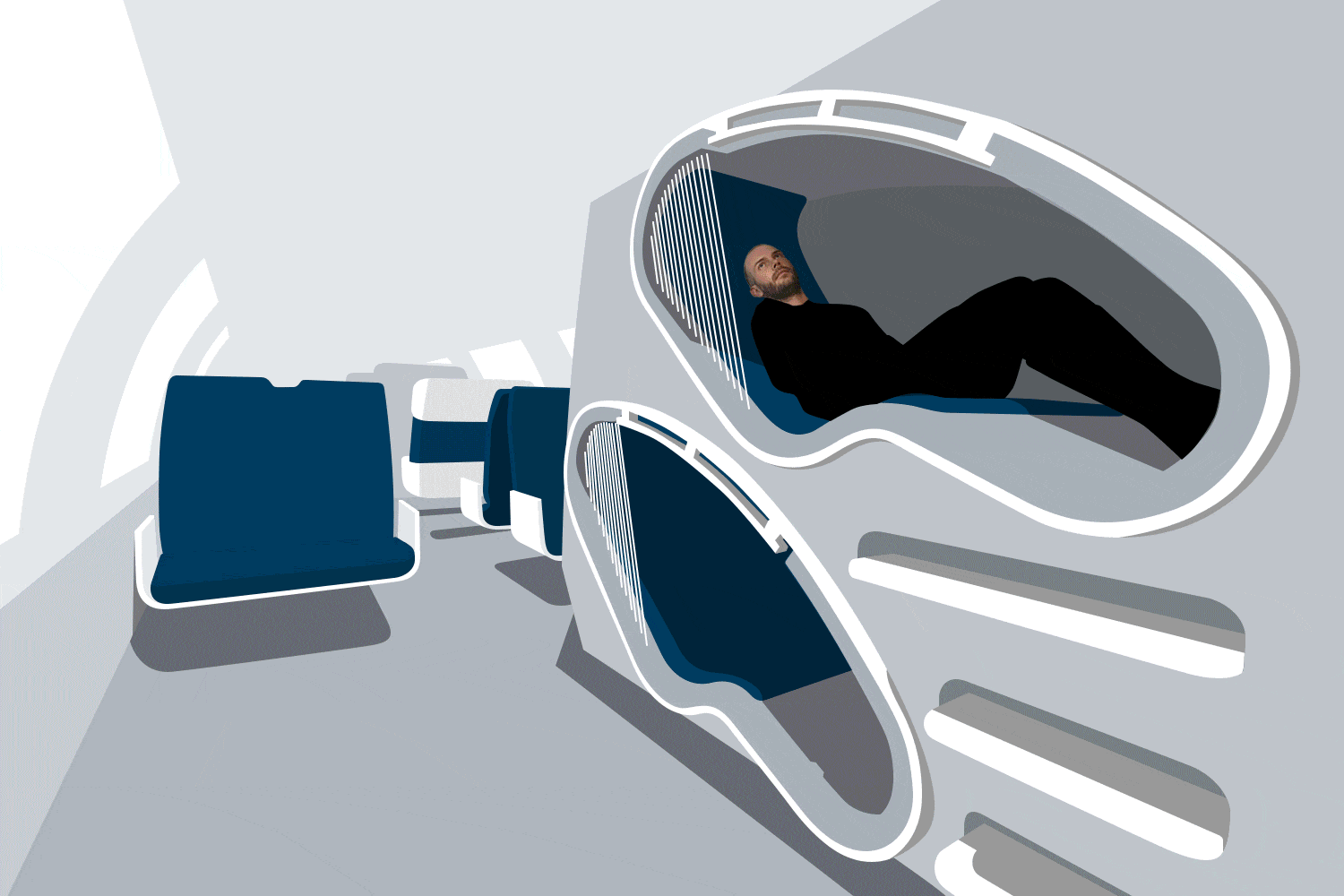
The tested interior of the Deutsche Bahn (DB) ideas train ranges from a sports studio with two exercise bikes and a premium single cabin for working to a public viewing area and a relaxing and power napping area. (3) The sleeping cabins are probably very comfortable. But the sleeping cabins takes up a lot of space. To lie down in one of the two sleeping cabins, you either have to bend down or climb up. The users have little privacy protection and the noise level can be high as the power napping area was not designed as a separate area.

My goal is to design a separate area in the regional railway for power napping. The area should support sleep and save space.
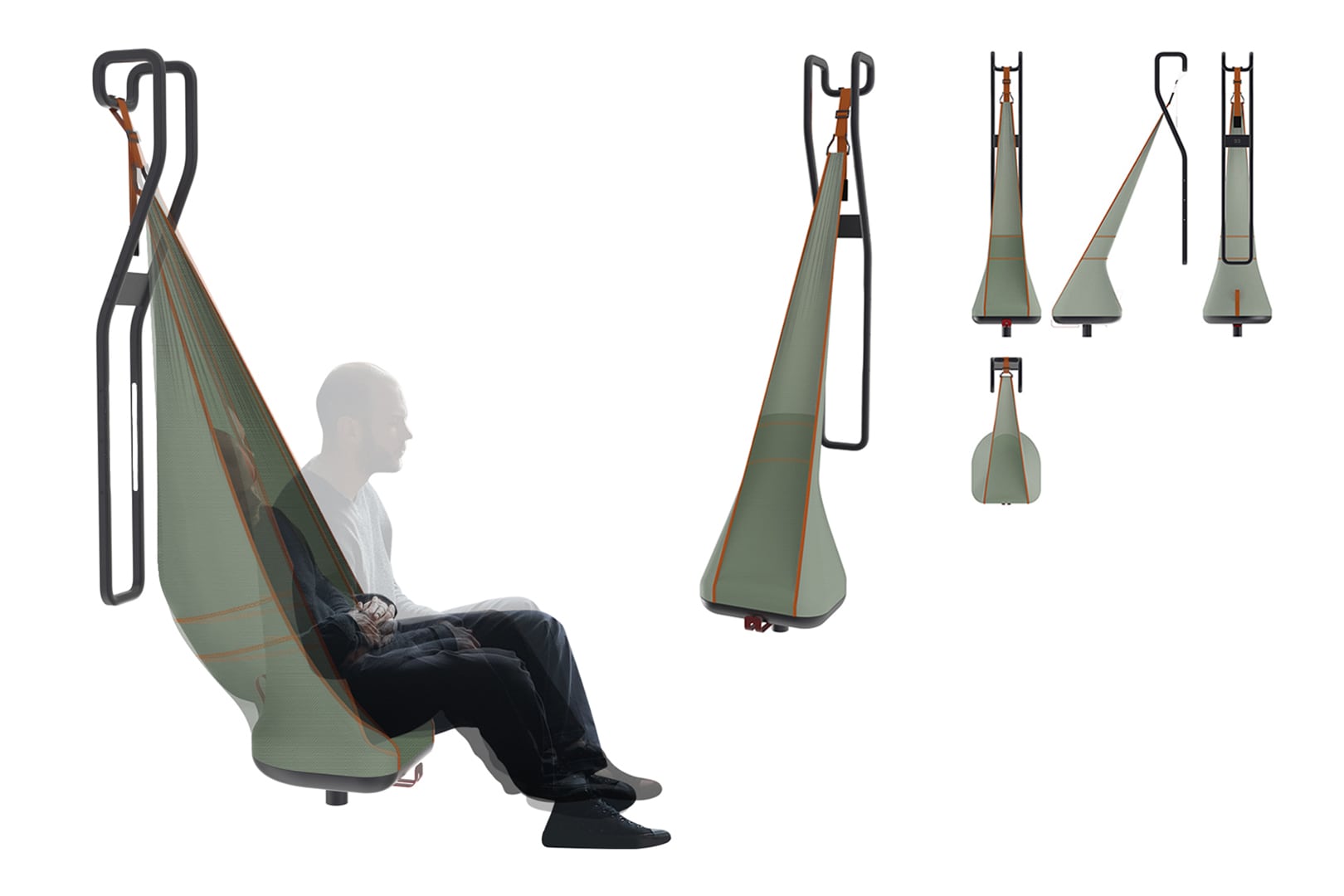
An elastic textile hangs from the cover and connects to the seat. If you lay back, you will be surrounded by the textile like in a cocoon. The textile offers extensive privacy protection and adapts to different body sizes and postures.
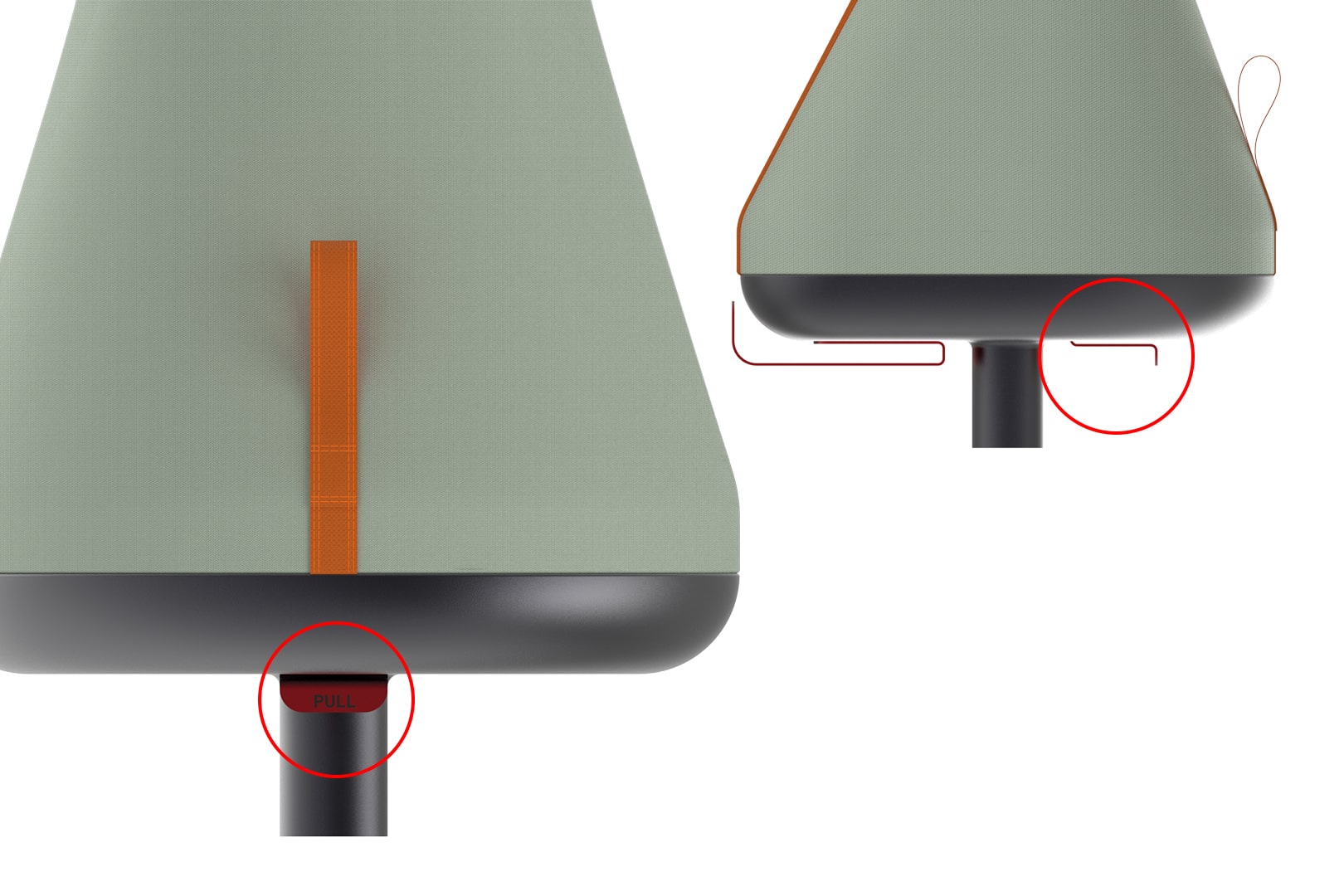
To change the textile:
1. Pull the handle and lift the cushion by the belt.
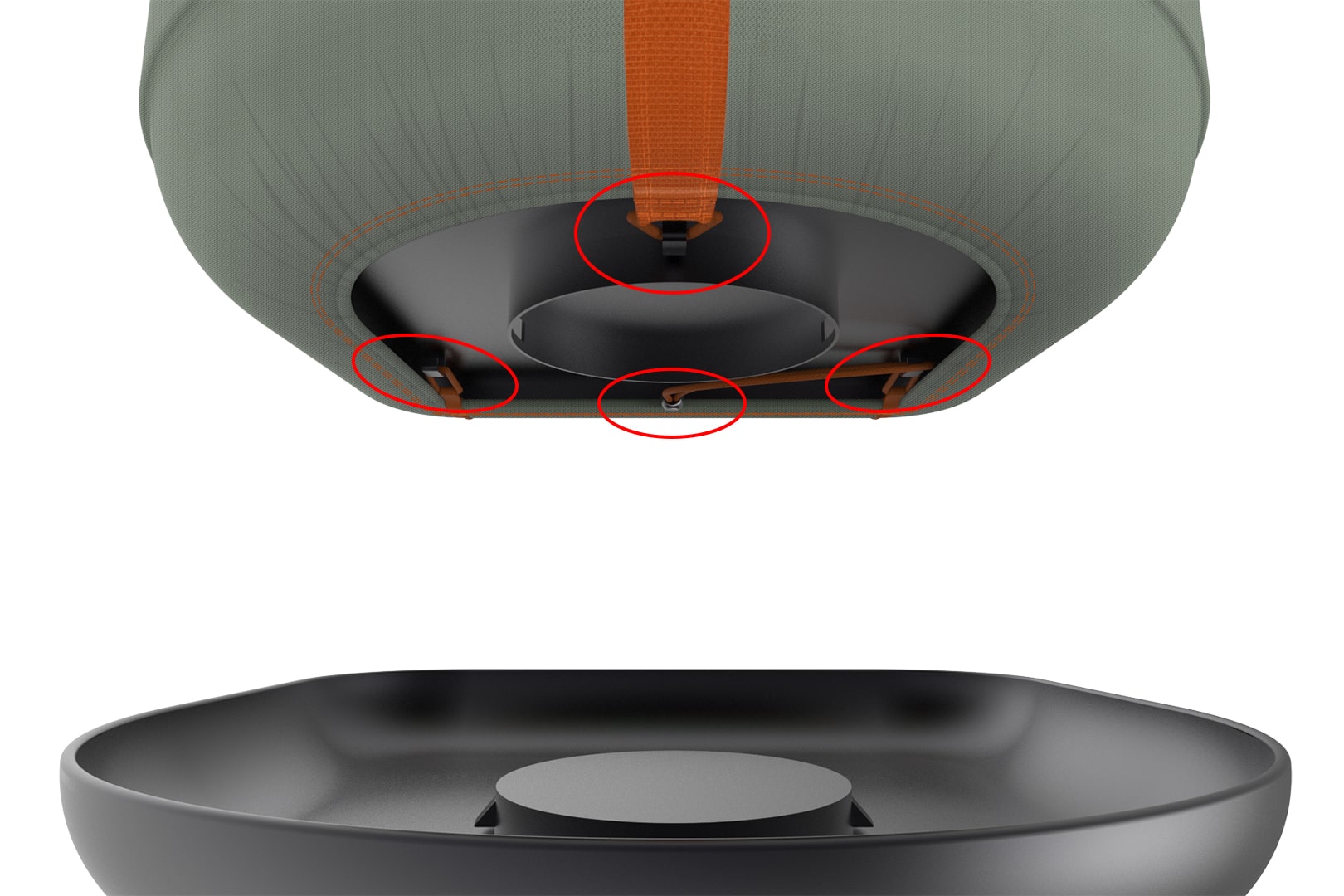
2. Open the stopper and release the loops.
3. Pull off the textil from the cushion.
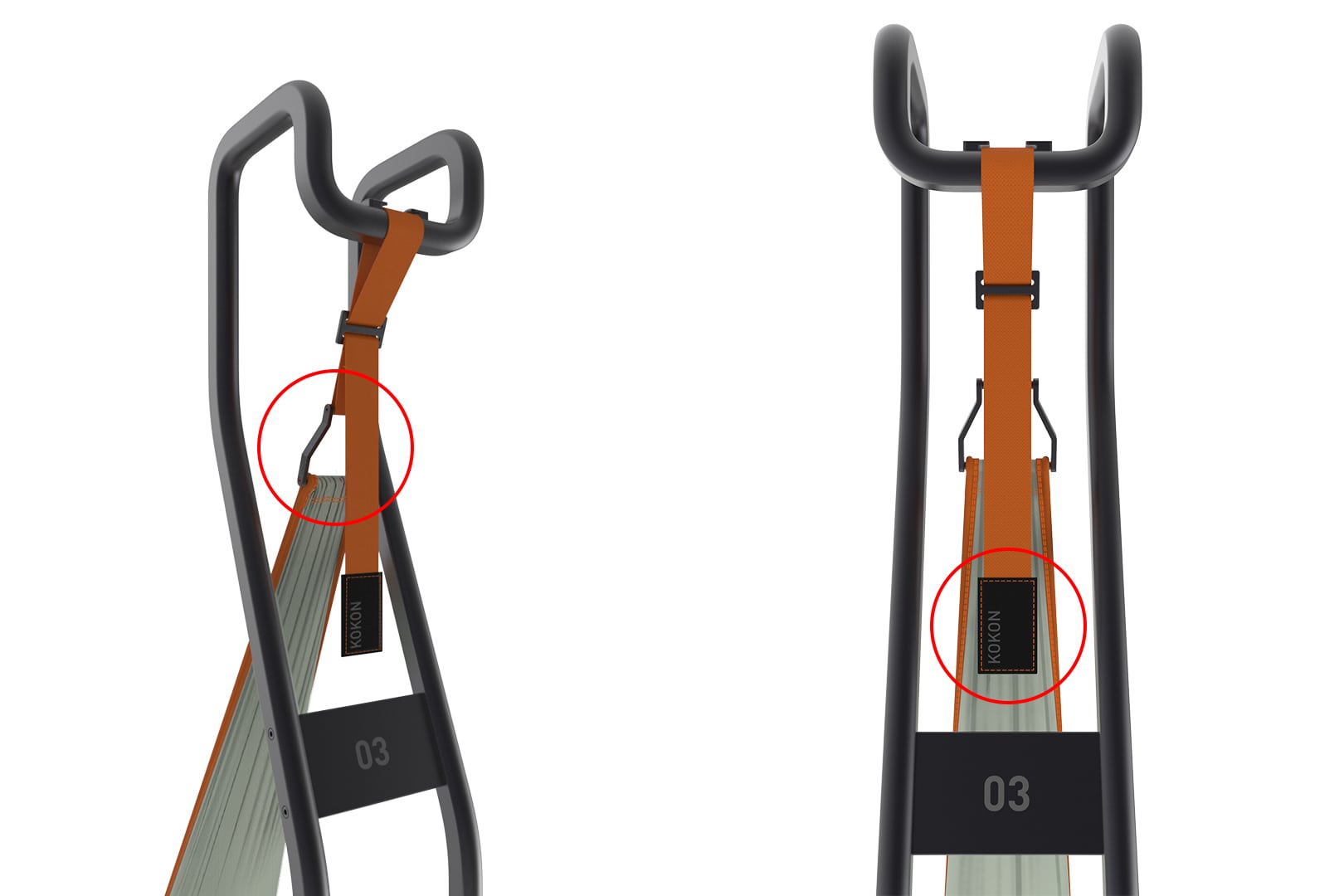
4. Open the lock.
5. Change the textile.
To put the textile under tension, you can pull the strap.
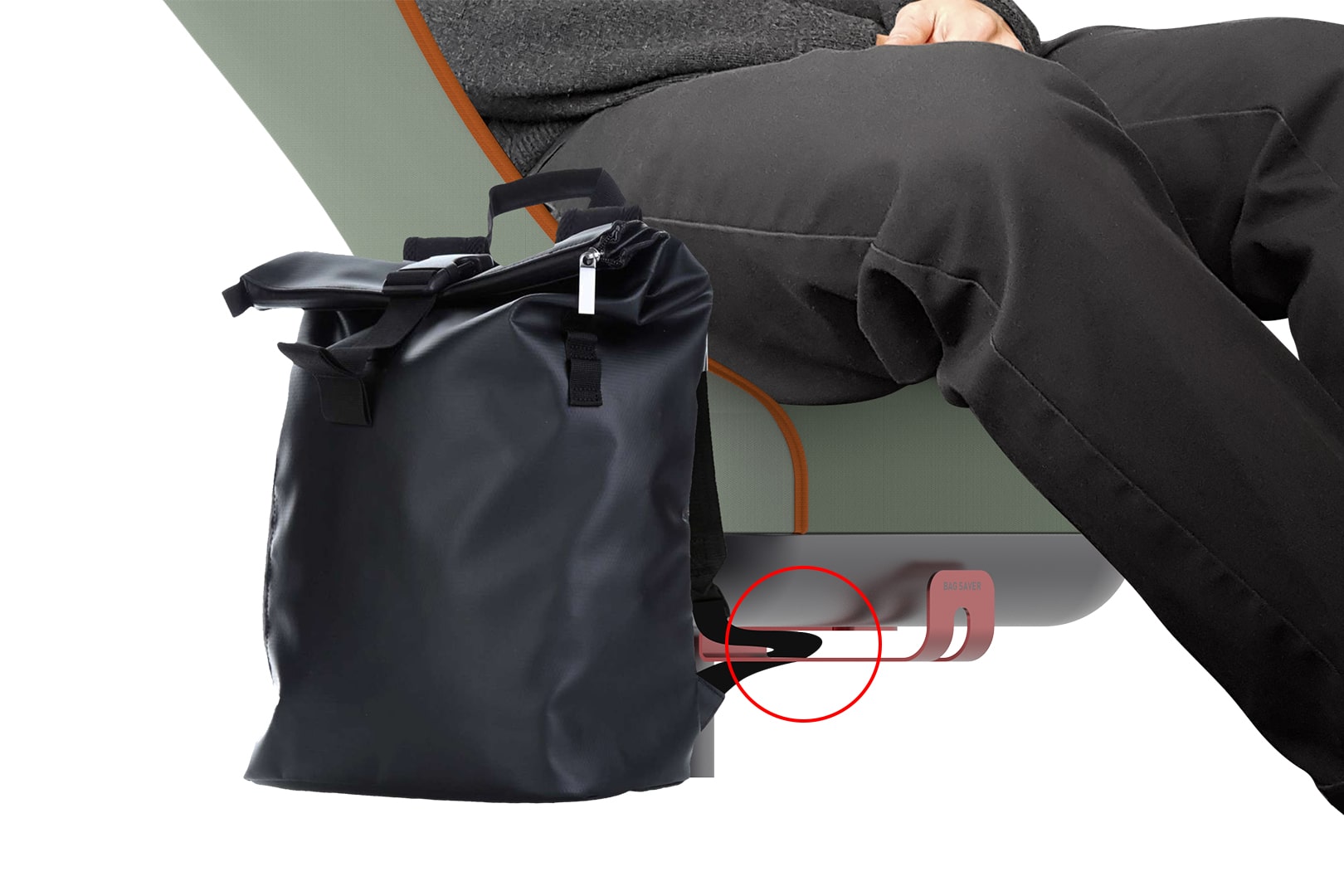
You can hang a bag hanger around the Bag Saver.
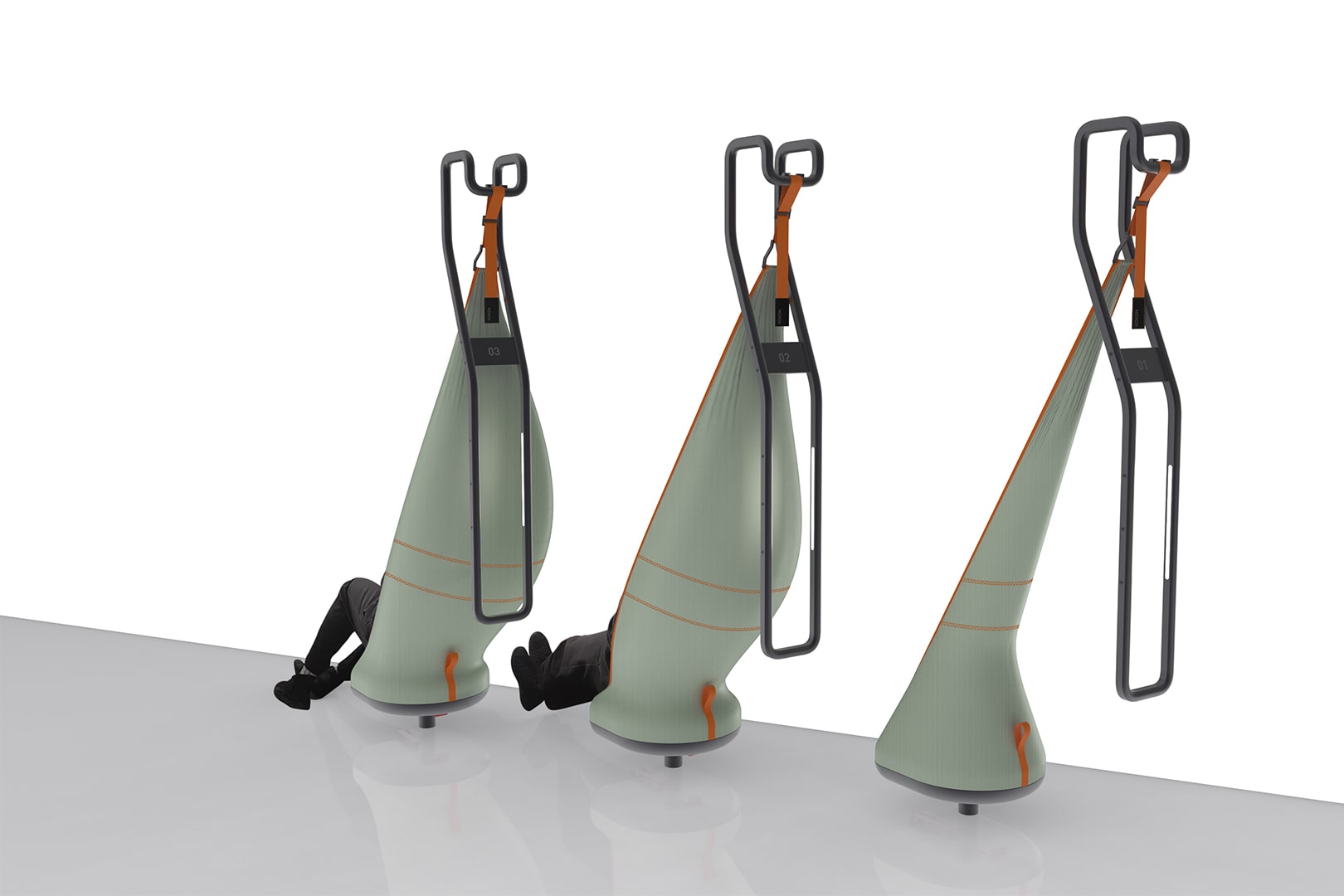
The usual seating constellation of two and four seats has been dissolved. For more legroom and privacy, there are only single seats with a view out of the window. The handrails protect against touchings from other commuters and offer hold when getting up and walking through. The handrails do not reach the floor, which makes cleaning the floor easier.
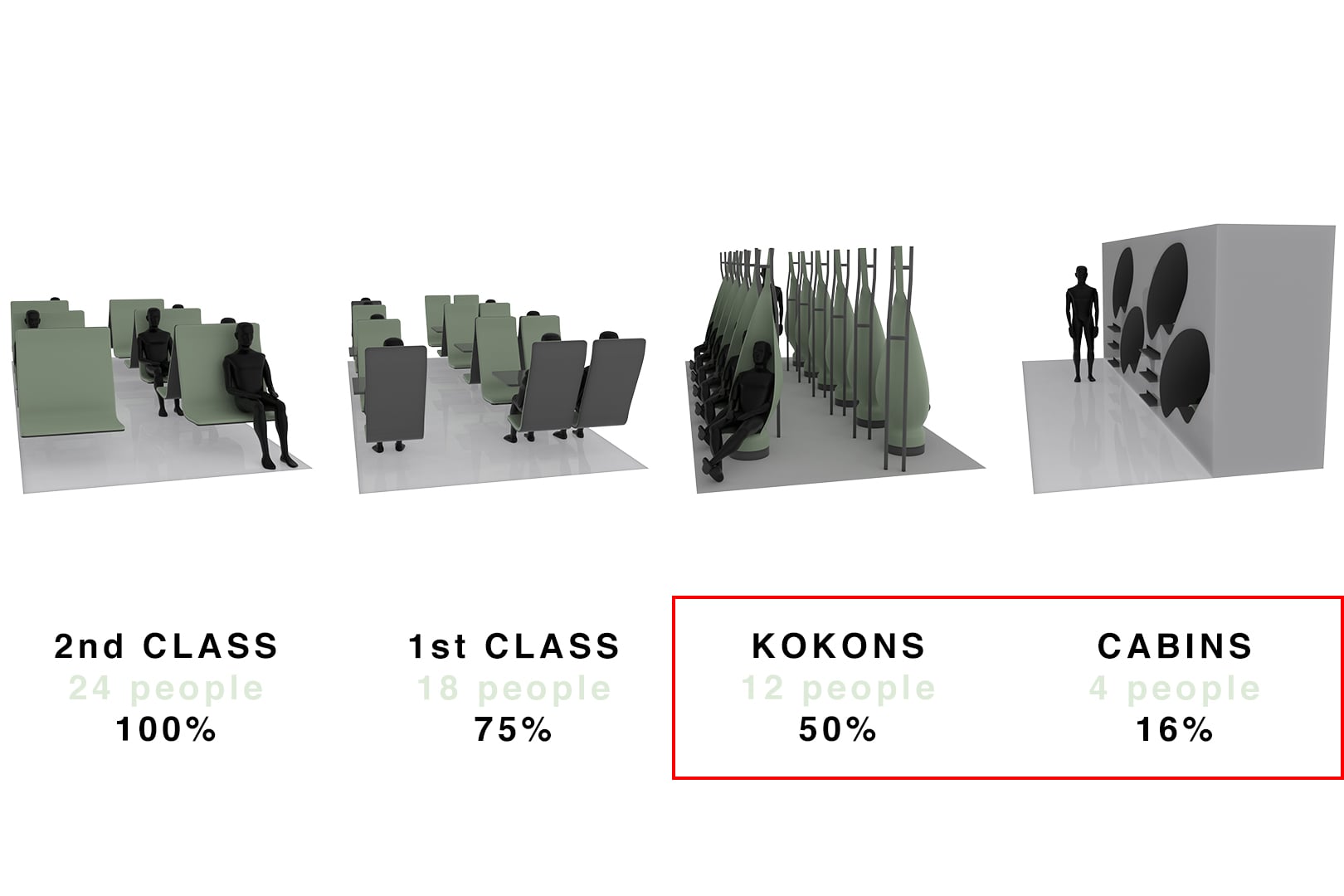
The Kokons have more capacity than the sleeping cabins.
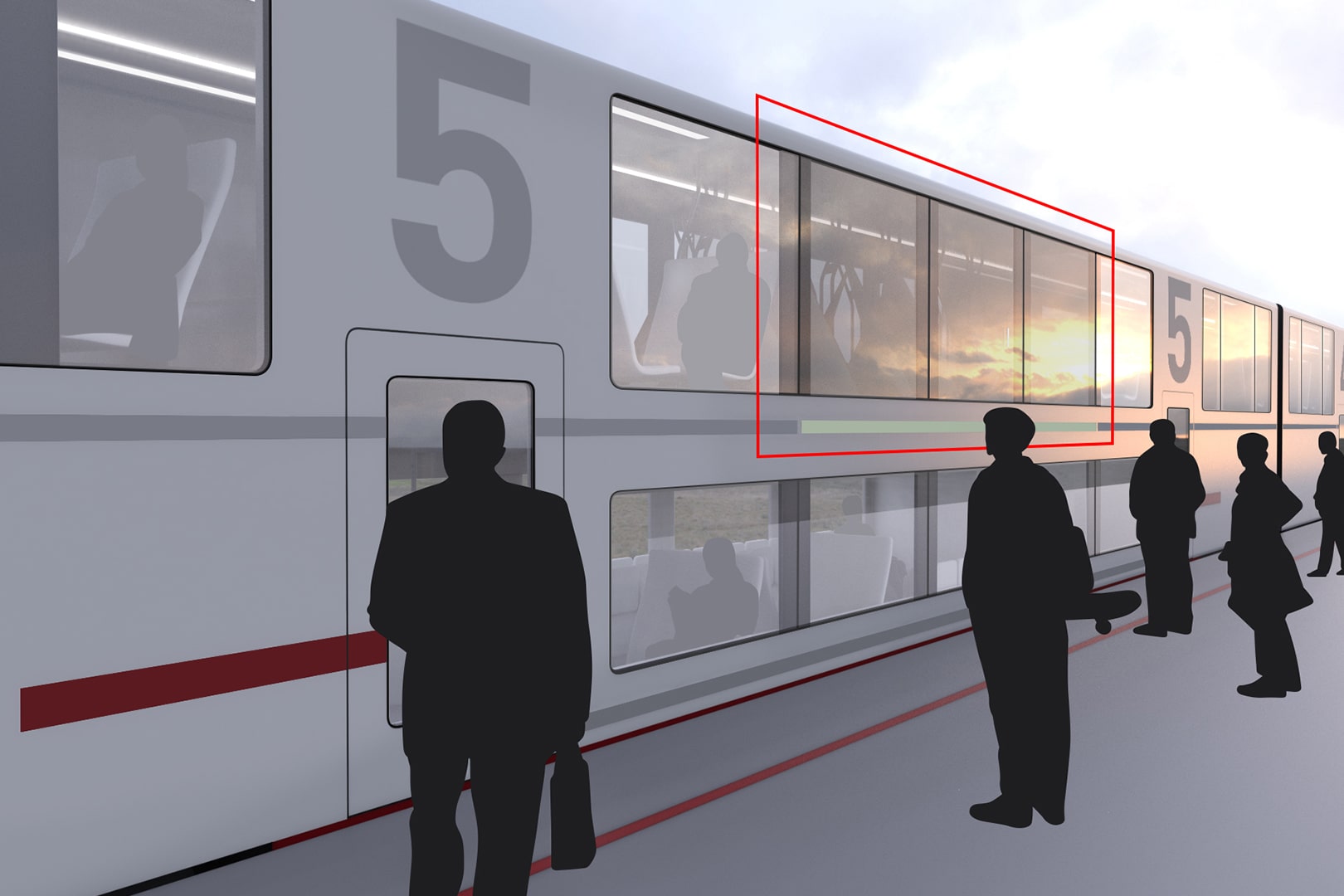
The regional railway has two floors. On the upper floor there are large windows that light up the interior with sunlight. In the area of the Quiet Zone the windows were tinted.

You can reserve a Kokon by using an app. Ticket checks can be avoided because of the reservation number. The app allows you to turn on an alarm clock. Your mobile phone will vibrate in front of your exit station.
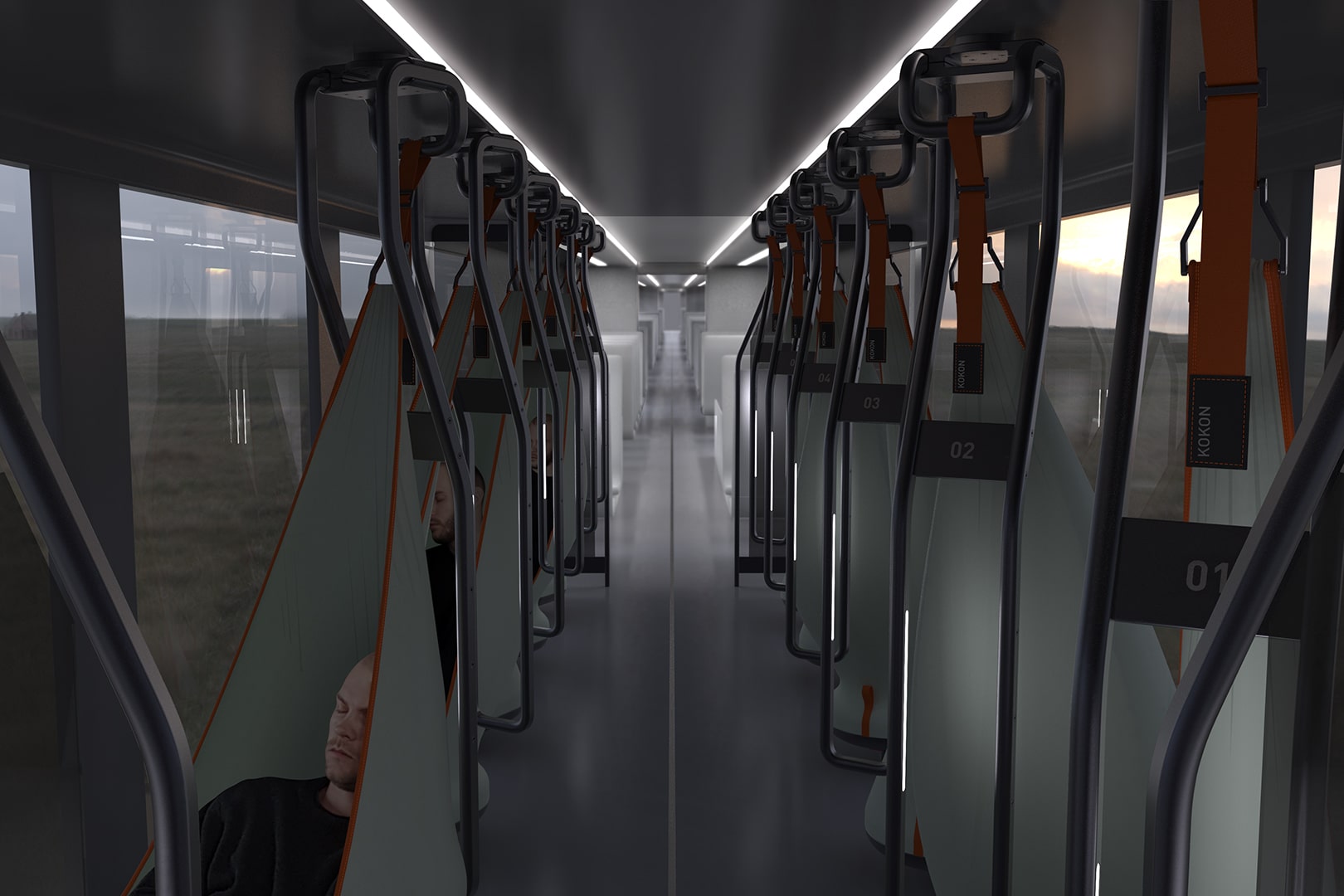
You can enter the Quiet Zone silently by an open partition. If you have entered, please be considerate and quiet. Active noise cancellation will help reduce the noise. Sit on your Kokon, lay back and enjoy some privacy. Looking outside can help you switch off. The Quiet Zone is only gently lit, so you can relax faster and recover more effectively. In the Quiet Zone you can effectively use your commute times for power napping and also for meditating.
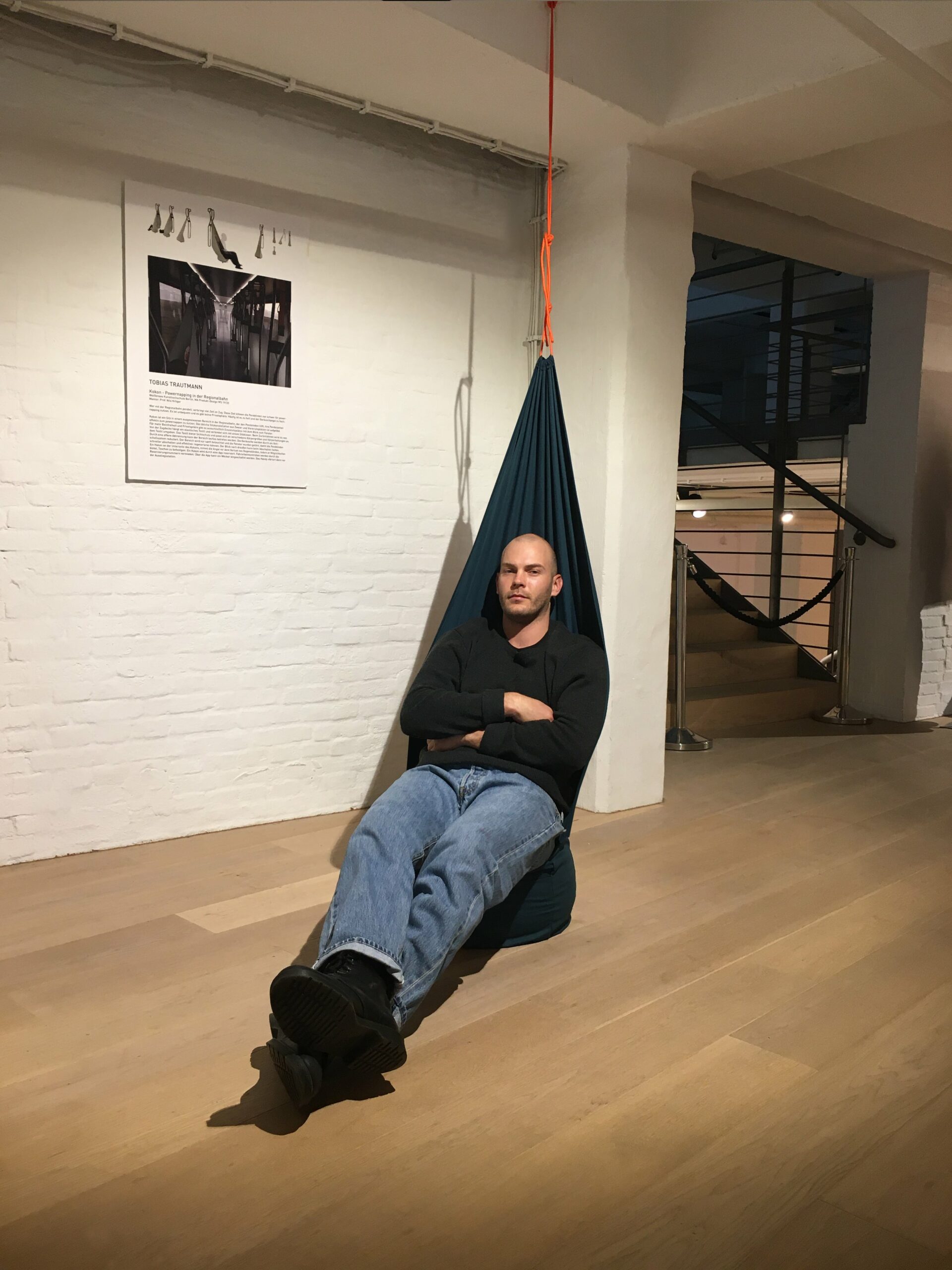
The prototype was developed together with Sonay Eruz (Come Back Home Bags).
MA work WS 19/20
Weißensee Kunsthochschule Berlin
Mentor Product Design: Prof. Nils Krüger
Mentor Theory: Prof. Dr. Jörg Petruschat
Source 1: National Sleep Foundation, Sleep Time Recommendations.
Link: https://www.sleepfoundation.org/articles/how-much-sleep-do-we-really-need (call 05.04.2020)
Source 2: Süddeutsche Zeitung, Schlaf-Irrtümer – Lieber ein Idiot als übermüdet
Written by Werner Bartens, published on 16.04.2011.
Link: https://www.sueddeutsche.de/leben/schlaf-irrtuemer-lieber-ein-idiot-als-uebermuedet-1.1085816 (call 05.04.2020)
Source 3: DB Inside Bahn – DB Regio Ideenzug: Die Module im Überblick.
Changed on 19.09.2018
Link: https://inside.bahn.de/ideenzug-db-regio-module/ (call 05.04.2020)
